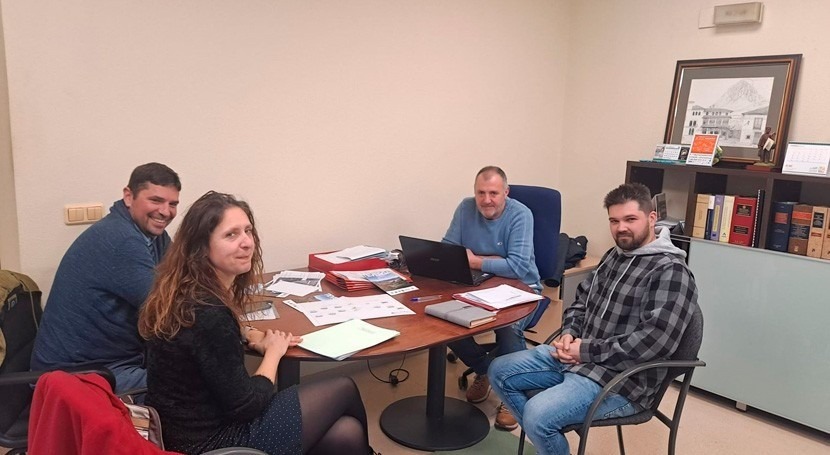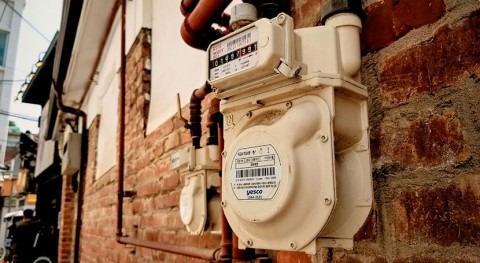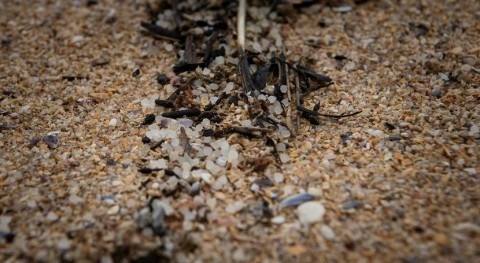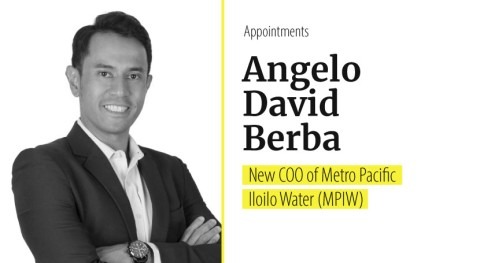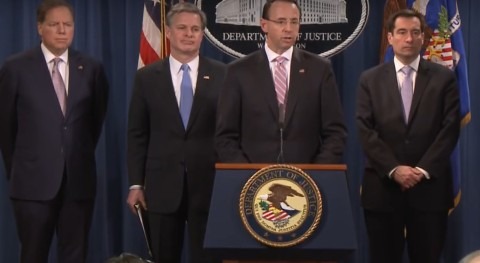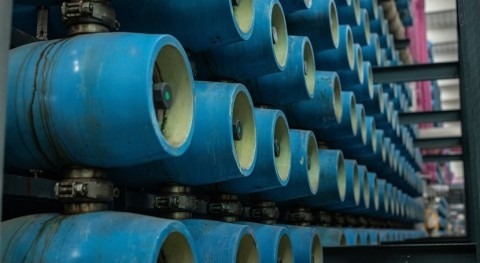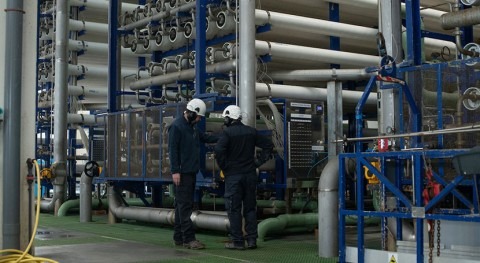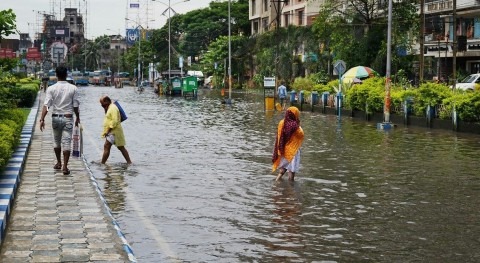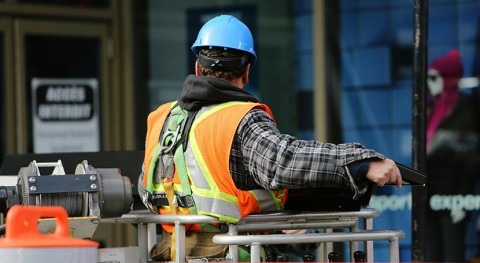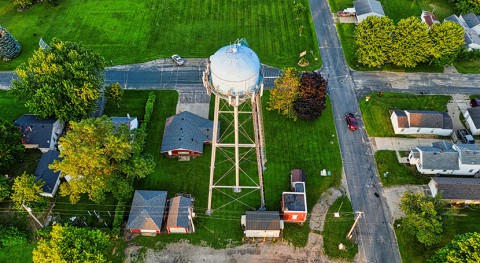Asturias, in the north of Spain, will launch a pilot project in the municipality of Teverga to digitalise the integral water cycle. The project aims to improve the management of water resources and monitor the status of the entire sewerage, treatment and distribution network of the municipality in real time, according to a press statement released by the Government of the Principality of Asturias.
Vanesa Mateo, Director General for Water, explained that this initiative is part of the Water Digitalisation Project and the Government of Asturias' interest in transferring new information technologies to rural municipalities with scattered populations or unique characteristics. Teverga and Luarca will be the two municipalities in which these technologies will be tested and then later replicate them in other municipalities.
The project includes the installation of instruments at the main water catchment points and in the drinking water distribution network, to measure the flow in the catchments and the flowing or uncollected flow, the inflow and outflow to the tanks, as well as the water level by means of water quality probes.
In the sanitation area, the treatment plants and the collectors and their overflows will be monitored to know the quantity of water and its quality and how the treatment systems behave.
In Teverga, incorporating this technology will allow remote detection of network incidents, such as losses or infrastructure failures, as well as the optimization of the resources available to the council to concentrate them on the tasks that require them.
In addition to continuous monitoring, a new platform for analysis and management of the data will be used to develop algorithms to make predictions of resource availability, which will make it possible to forecast possible situations of water shortages in the event of water stress scenarios.


